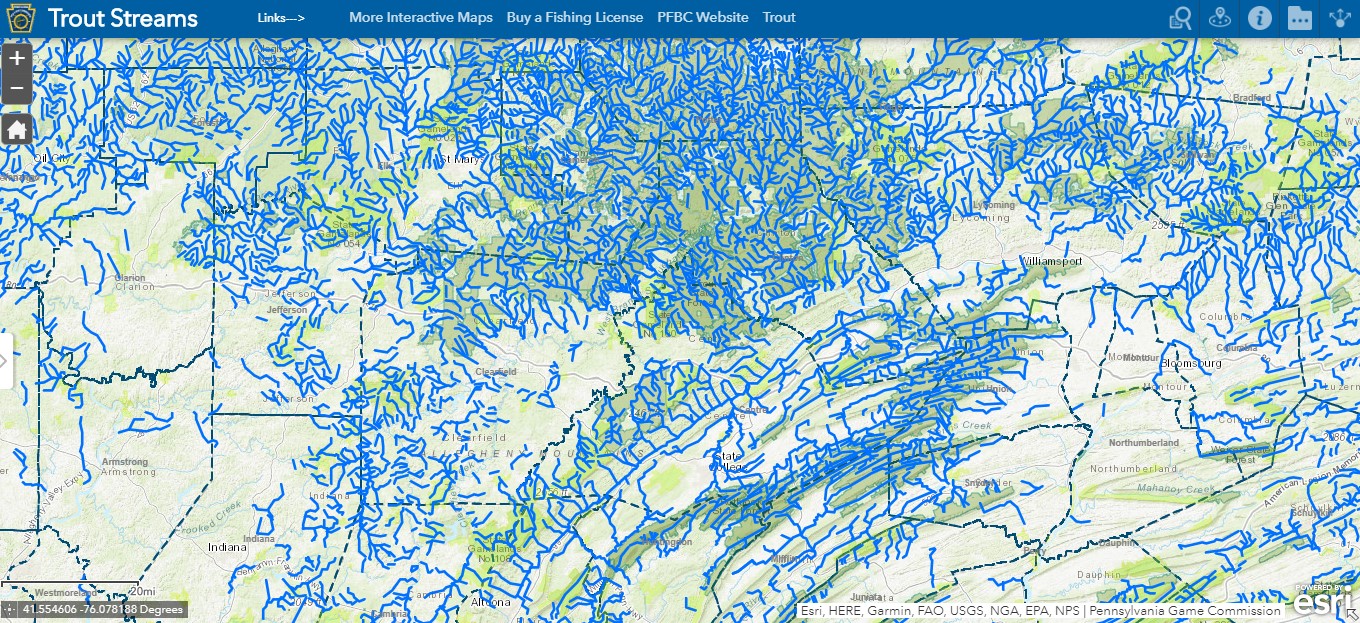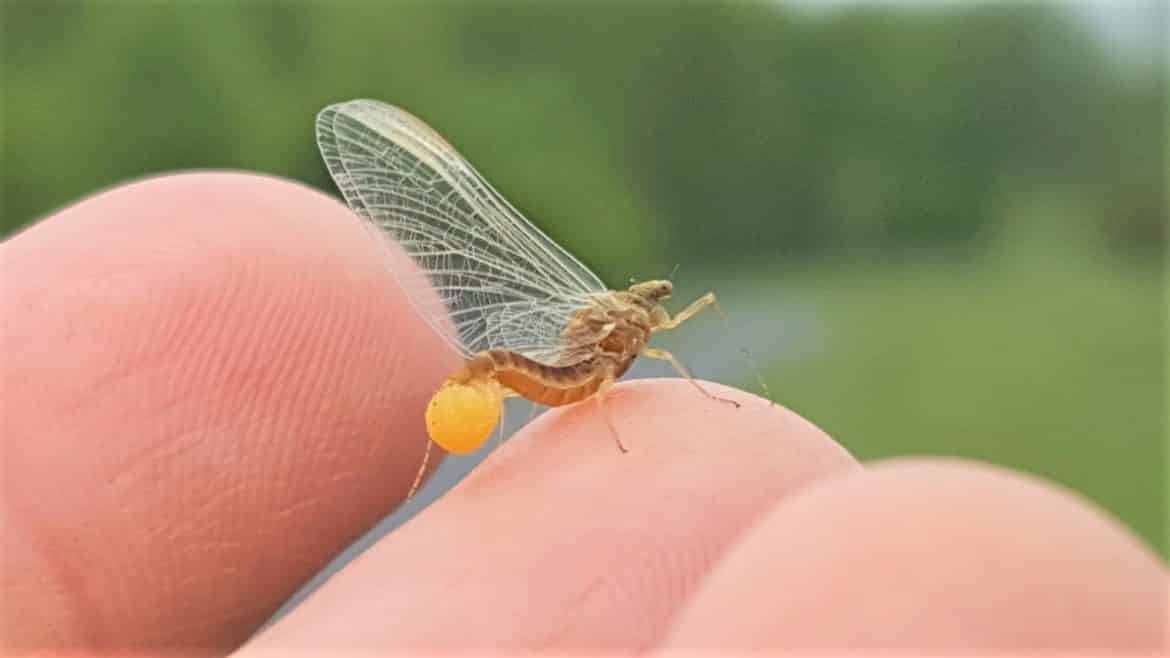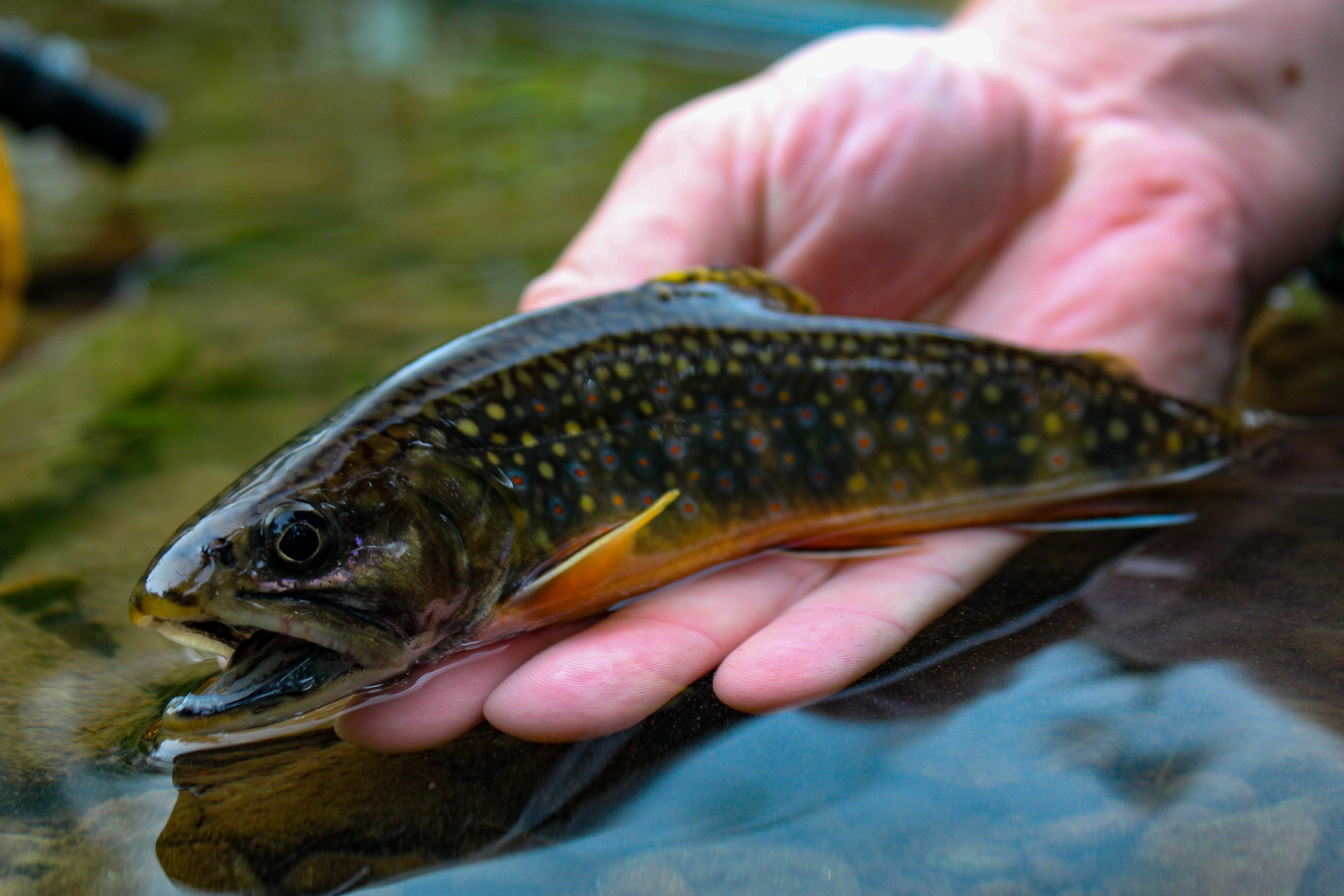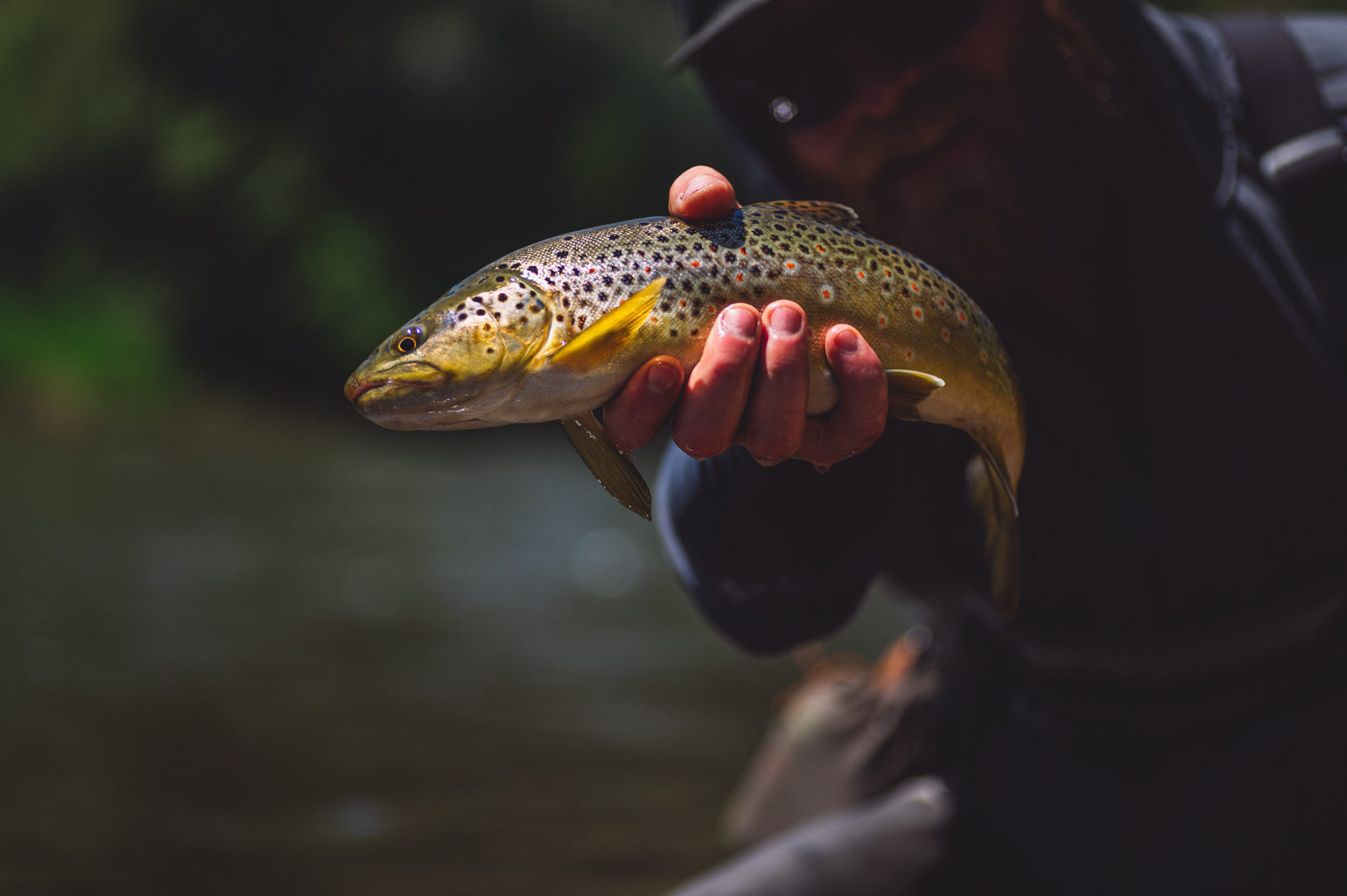3 Tips to E-Scout for Trout
One of the most common dilemmas among anglers is not knowing exactly where to go when they have some time to fish.
When time in the field is limited, anglers don’t want to spend all of their time scouting a new piece of water that they aren’t sure is productive.
Luckily, thanks to technology and a little skill, scouting can be done from the comfort of home on rainy days or during the long winter months when our thoughts wander to the season ahead. E-scouting is all the rage among the hunting community, and it’s becoming increasingly popular among fly anglers who have learned the power and competitive edge it brings.
Know The Tools Available
There are powerful tools out there to help anglers find new water through e-scouting. One of the most popular is Google Earth, a free program that’s very easy to use. This is a great way to explore the topography of a given stream and see possible routes to access it. For example, steep canyons with sheer rock walls can be imposing features that aren’t easily passable by anglers so it’s great to see where those are ahead of time. OnX is another hunting-centric program that requires a paid subscription, but it perfectly shows public/private boundaries and can help anglers know whose property they’re on so they can ask permission ahead of time from the landowner.
- Google Earth – Free program that is easy to use.
- OnX – Paid subscription, but shows public and private boundaries.
Individual states also have resources available online that can greatly assist anglers. For example, Pennsylvania has a giant database of streams broken down by their specification, be it a stocked trout stream, Class A wild trout stream, or a waterway that is known to have naturally reproducing trout. This is a fantastic starting point and a way to filter down potential new locations based on the individual angler’s desires. These interactive maps are all available via the Pennsylvania Fish & Boat Commission website. To make things even better, the PFBC is constantly updating the streams as they are surveyed or their classification changes.
Talk To Biologists
It’s amazing how much information is available via state and fisheries biologists. Their contact information can often be found through a simple Google search, and while they are usually busy with other projects they can hold a treasure trove of intel. Ask about recent surveys done on streams in an area and if those reports are available. They usually are, and when you’re armed with the results of an electro-shocking, cross reference them with the stream maps and plan accordingly. That can be particularly helpful in choosing blue-lines to check out that might hold brookies. Certain streams will be classified as having excellent trout numbers, but the biologist report could yield an extremely high percentage of fish in the 1-3 inch range. There’s nothing wrong with that, but being able to break down the biomass of a stream you’re investigating is a huge help in knowing what to expect from your e-scouting.
Know What To Look For
Access is one of the most important things to look for. State game lands, national forests, state forests, and other public places are a great starting point on Google Earth or OnX since there is no question of whether or not anglers are allowed to enter the property. On some streams, particularly those that work their way through meadows, look for giant horseshoe bends that always indicate great trout habitat. It’s also possible to judge the gradient of a stream by measuring the elevation between two fixed points. If a waterway has a stark elevation difference over a short period of time (something that can be measured on Google Earth and OnX) you can bet that is a section of sharp rapids or pocket-water. Conversely, a half mile stretch that only drops 10-15 feet in elevation is a good bet to be slower-moving. That can be critical information when you’re looking for sections that might feature hatches, like the Tricos in August that hatch in faster-moving sections of river.
E-scouting can be a great way to take your game to the next level and utilize time away from the water. It can save an incredible amount of time and effort by getting anglers on the right track of where to go, how to access the spot, and what they might find once they get there. This technique long-utilized by hunters is rapidly gaining traction in the fly fishing community and once you find that newest gem thanks to Google Earth or OnX you’ll be a believer as well!












